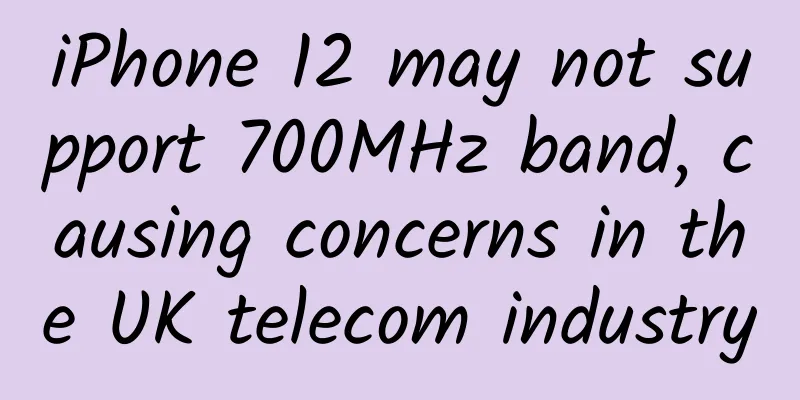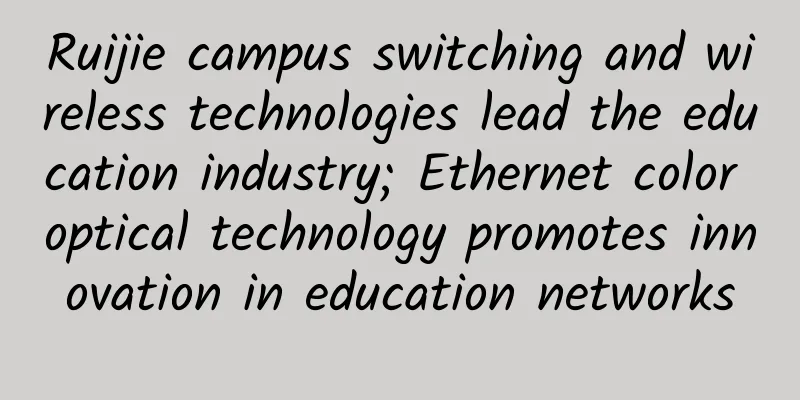Amazing, TCP/IP service protocol, network topology summary

|
Network topology (Tpology) Topology refers to the actual or logical connection form of network nodes. Physical topology refers to the actual wiring or distribution of nodes on the real network; logical topology describes the flow of data on the network.
The following four types of topology are generally popular on LANs:
1. Bus topology (Bs topology) The bus topology is shown in Figure 2-1. The bus topology is a linear transmission medium, just like the route of a bus, and each computer is like a bus stop. The bus topology is used by IEEE 802.3's 10 Base 2, 10 Base 5, Ethernet and IEEE 802.4 token bus network. 2. Ring topology Figure 2-2 shows the ring topology. Ring topology, as the name implies, connects all computers through a circular line, so it is a closed loop state. Each computer is connected to the closed loop, and the transmission medium is connected to a repeater, so the signal will not be weakened during the transmission process. The ring topology is used by IEEE 802.5 Token Ring (IM token ring) and fiber optic network FDDI (Fiber Distributed Data Interface). 3.Sar topology The star topology is shown in Figure 2-3. Star topology is a network where each computer is connected to a central point and radiates outward from the center. The center is often a server plus a hub, and other computers are connected to the hub. The hub was originally used to help engineers solve Ethernet problems, but has now developed into a multifunctional device. Star LANs and IEEE 802.3 10 Base T networks use star topology. 4.Hbrid topology Hybrid topology is a combination of the first three different topologies or multiple combinations, which is used to optimize multiple topologies and is applicable to local area networks (LNs), metropolitan area networks (MNs) and wide area networks (WNs). Nowadays, the network topology is nothing more than the various network topologies mentioned above. Understanding the network topology can help us manage the network and troubleshoot network problems. The hybrid topology is shown in Figure 2-4. |
<<: Wi-Fi Alliance announces Wi-Fi 6 as new logo
Recommend
On the Internet, speed and security are eternal pursuits. How powerful is the QUIC protocol written in Rust?
Hello everyone, I am a fisherman. Today we are sh...
China Mobile announces it has built more than 500,000 5G base stations
On the afternoon of August 31, the 2021 World 5G ...
The best solution is to merge telecom operators into two companies, and the next five years will be the best period
In recent years, the competition in the communica...
Big data industry is a new trend. What are the advantages of operators?
The big data industry is a strategic emerging ind...
DiyVM: Hong Kong CN2/US CN2 unlimited traffic VPS monthly payment starts from 50 yuan, Hong Kong server monthly payment starts from 499 yuan
Next, let me share some information about DiyVM, ...
RackNerd Mid-Autumn Festival Promotion, Los Angeles KVM Annual Payment Starting from $9.89
The Mid-Autumn Festival is still early, but the p...
2022 UBBF | Huawei iMaster NCE promotes FTTR intelligent monetization
[Bangkok, Thailand, October 28, 2022] Recently, t...
The cumulative number of 5G package users of the three major operators has exceeded 300 million and has been announced
Recently, China Unicom announced its full-year pe...
Ministry of Industry and Information Technology: 5G traffic price dropped 46% to 4.4 yuan/GB in two years and will continue to drop in the future
What is certain is that operators will continue t...
How does the HTTP protocol achieve “secret interaction”?
[[261700]] Do you know the interactive process of...
Redis actually has a custom network communication protocol?
[[385171]] All network communications require bot...
Python Programming: How Much Do You Know About Core Protocols: Function Protocol Numbers and Context Management Protocols
Preface In the previous few articles, several cor...
Why Wired Ethernet Connections Still Make Sense Today
Ethernet is faster, more reliable, and more secur...
5G enters a critical development period: Accelerating base station coverage costs and continuous breakthroughs in applications
In 2020, my country's large-scale 5G construc...
Look up to the sky with 5G, keep your feet on the ground with 4G
[[348928]] October 28 news: Although 5G has alrea...









